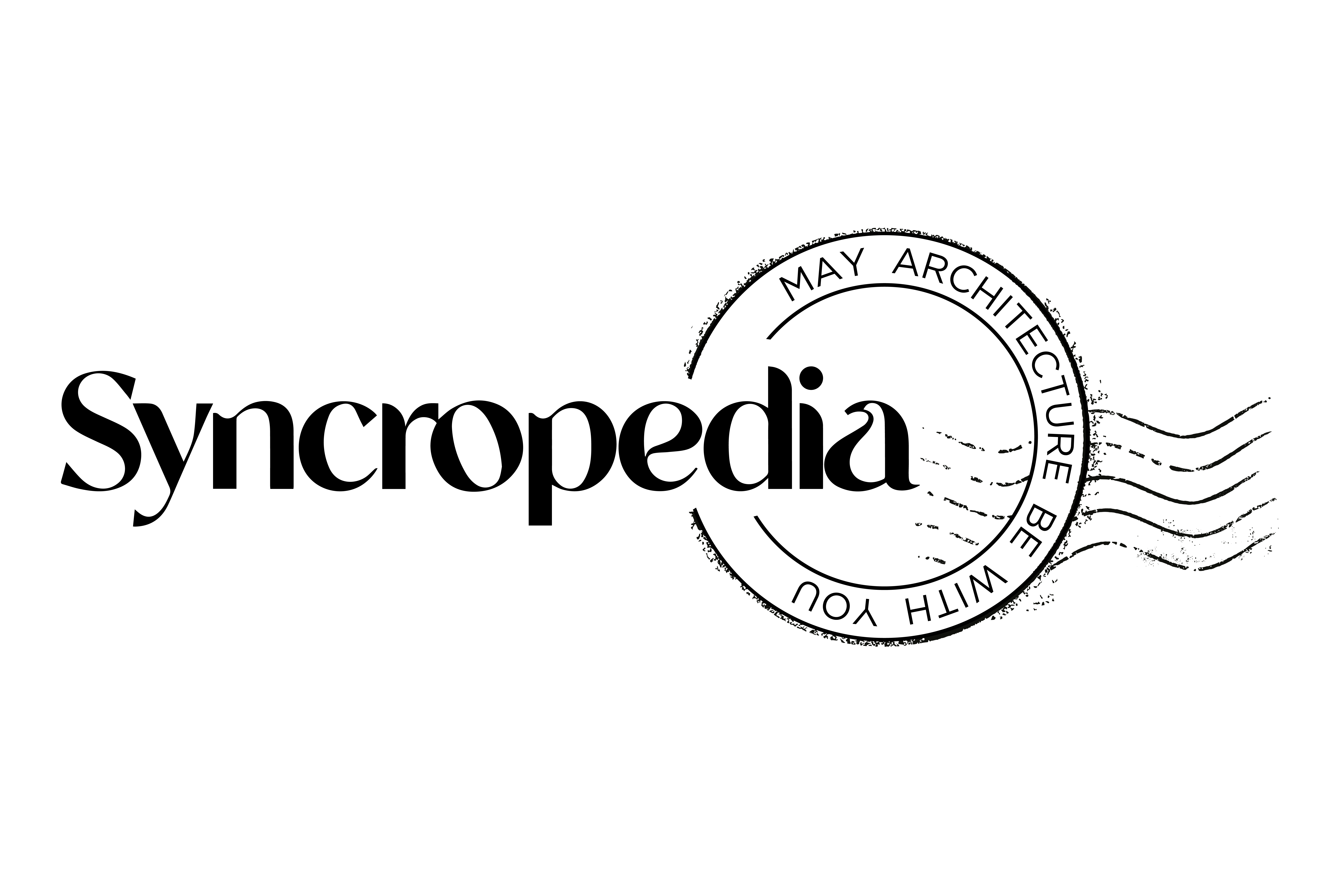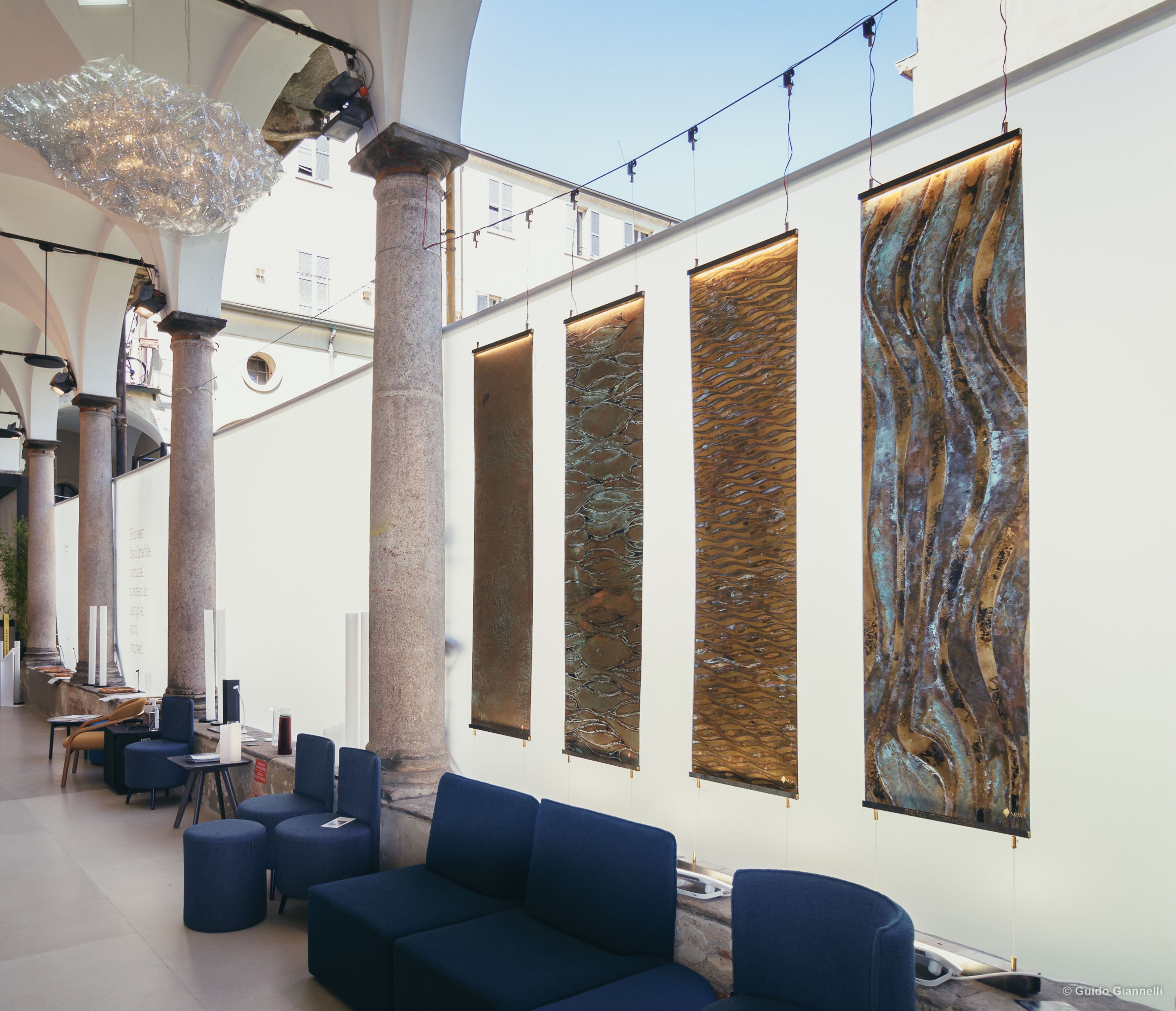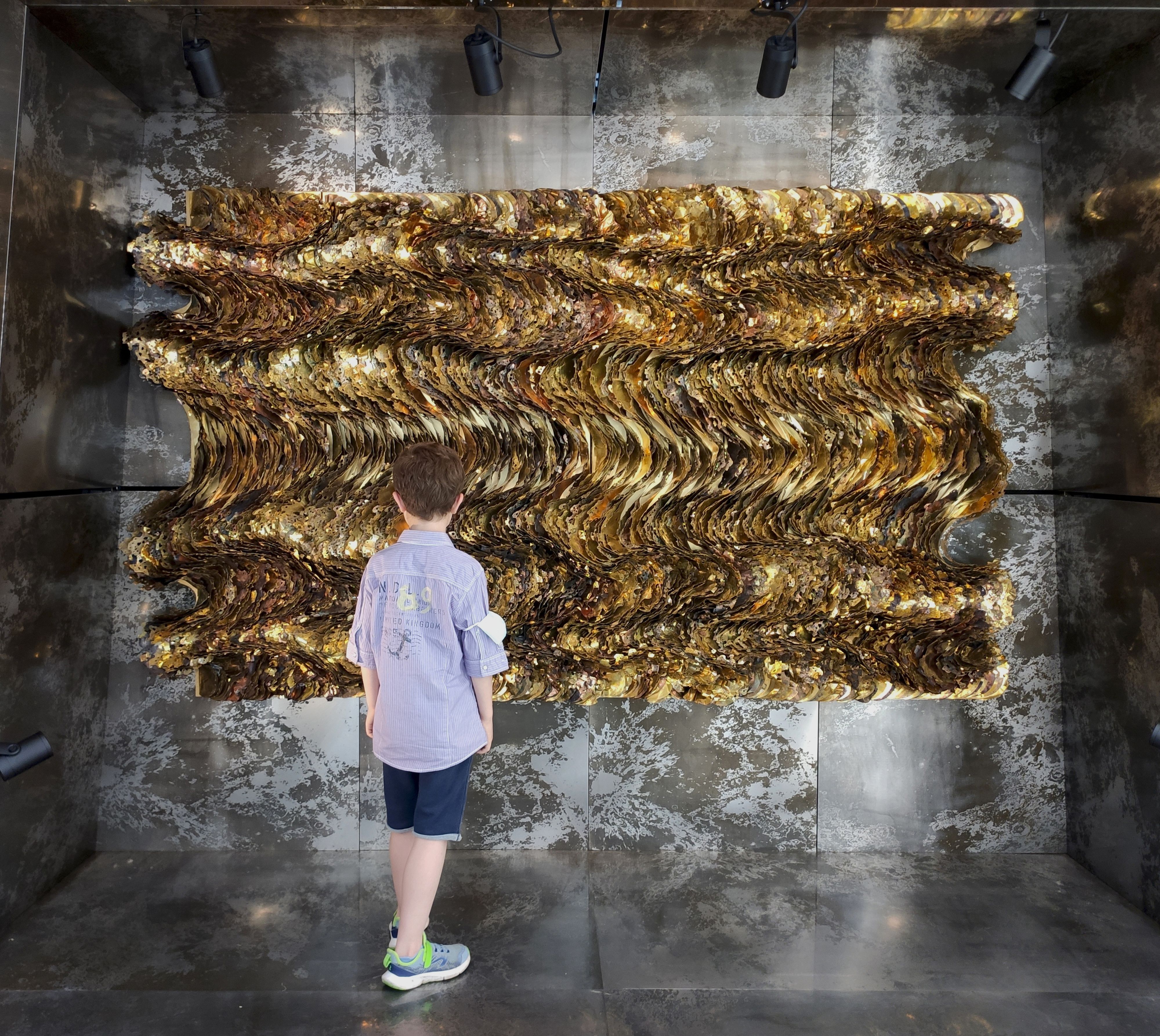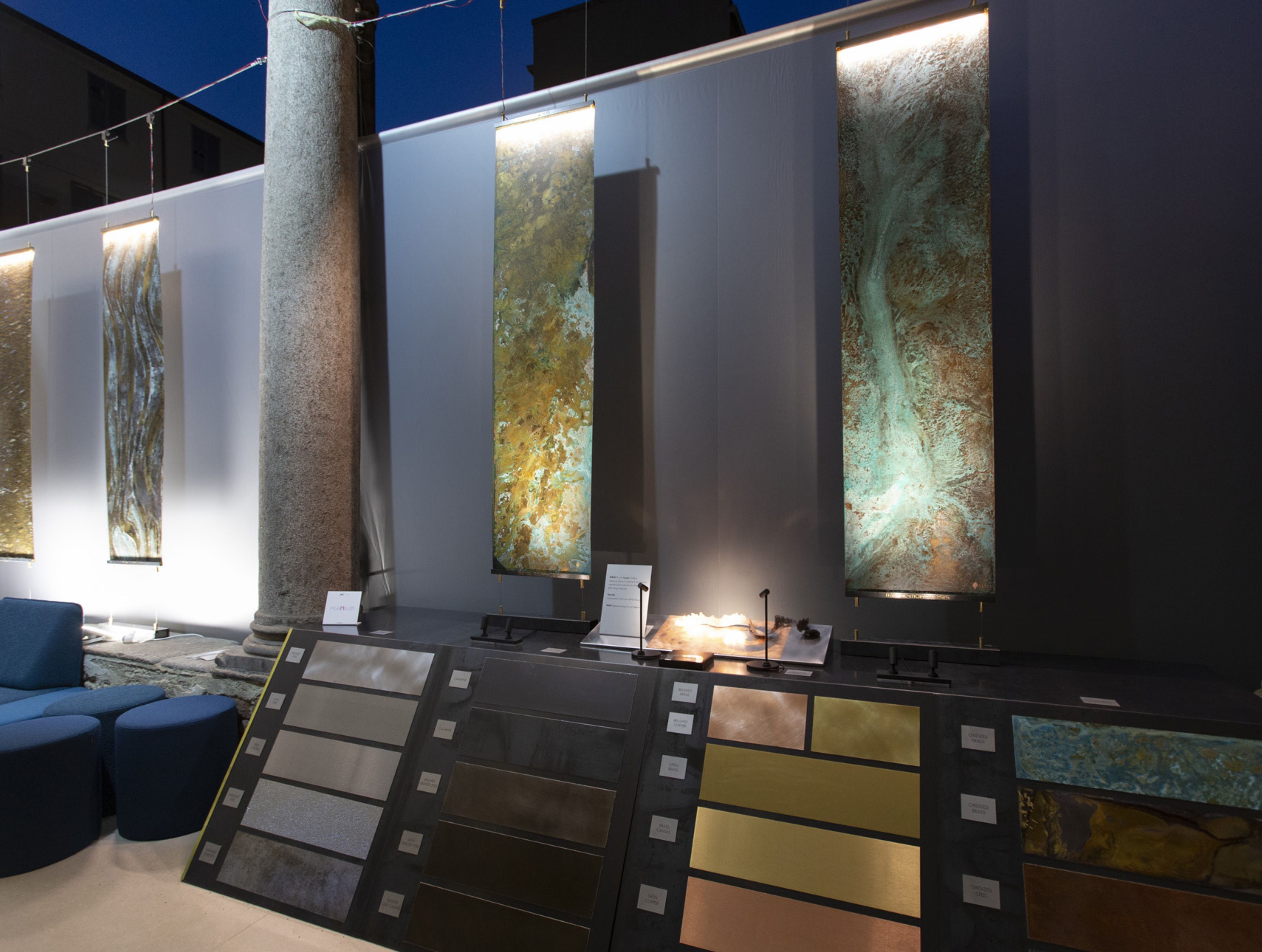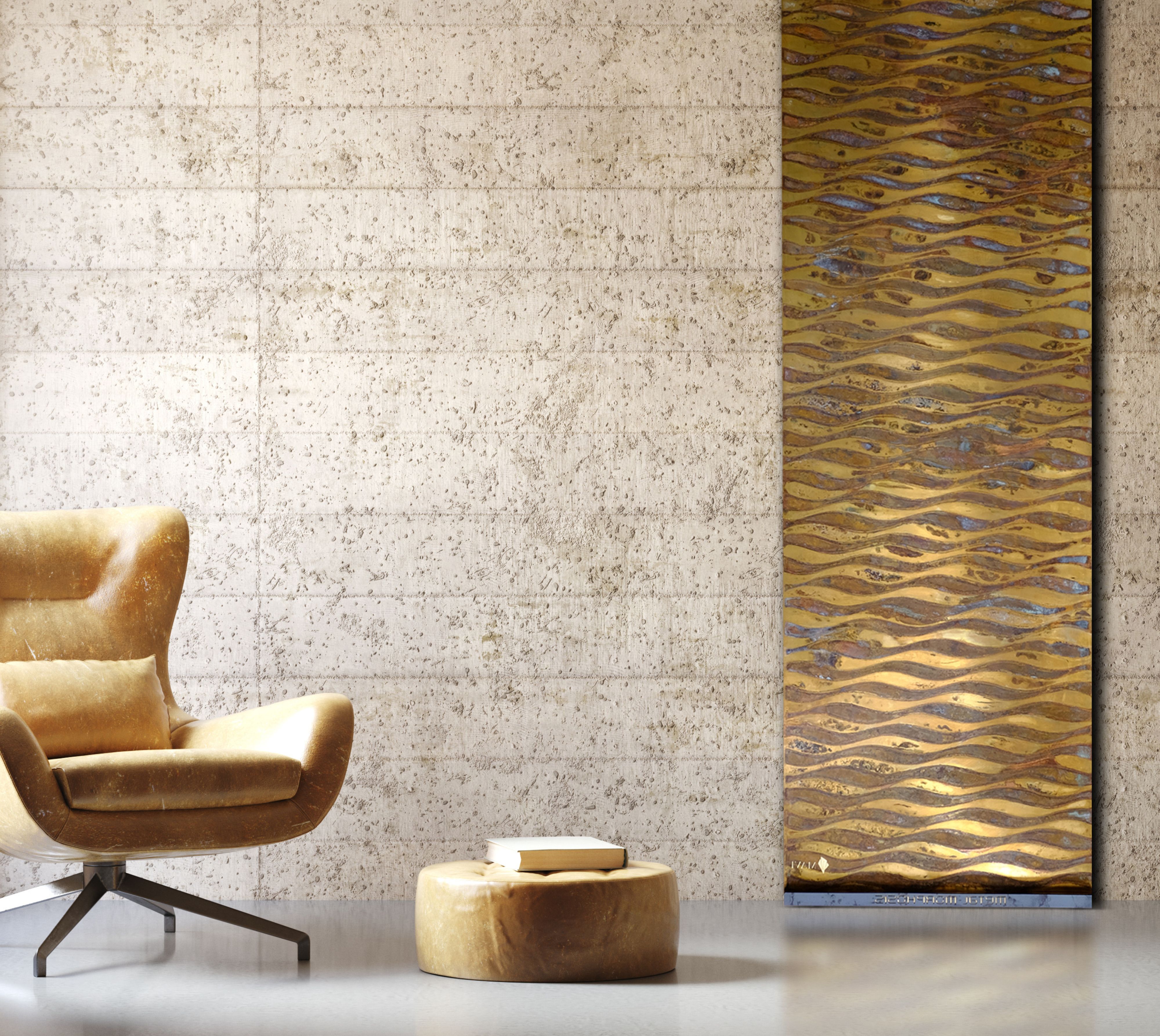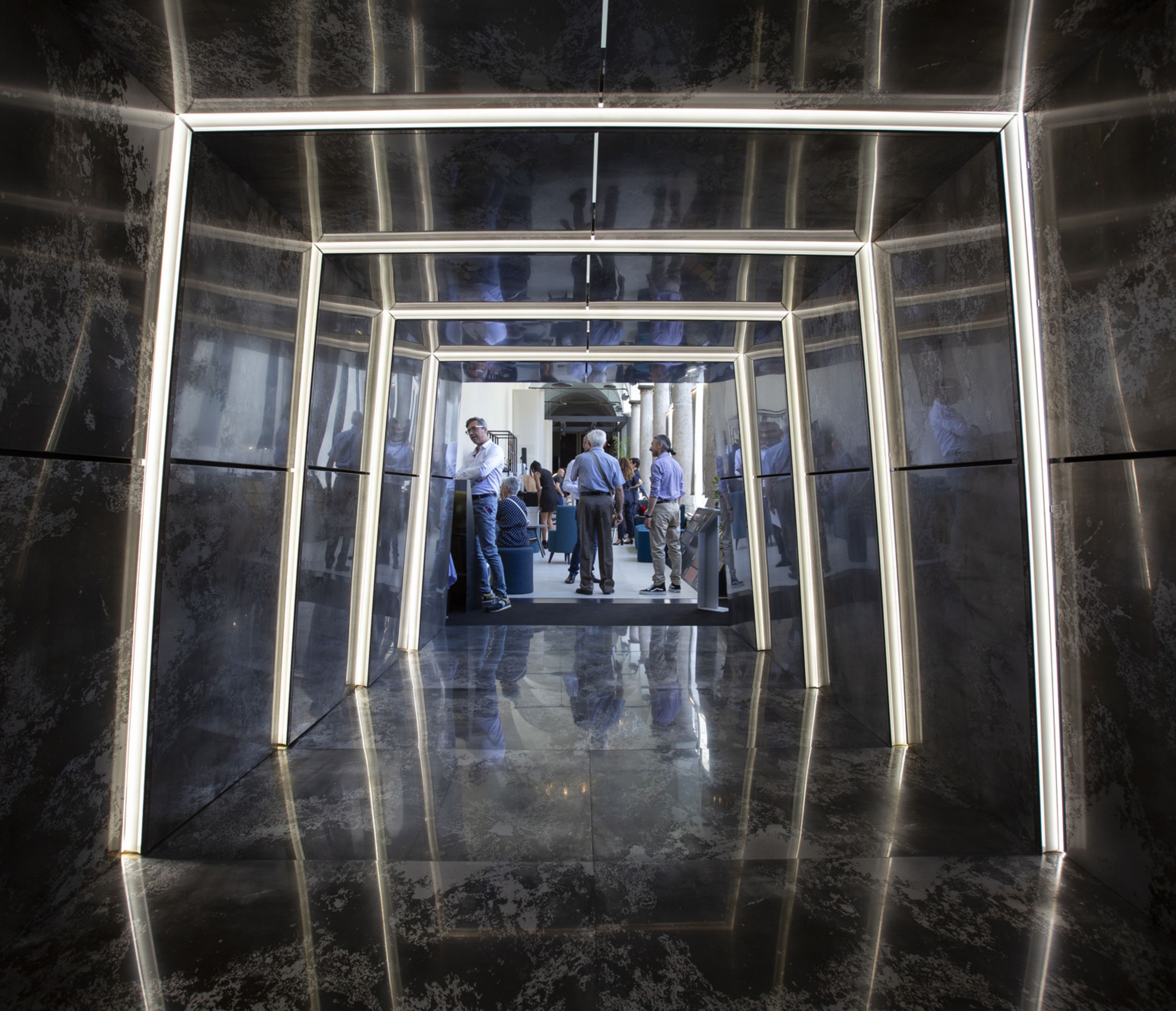How was the company founded and developed?
TGroup, with its parent company Terenzi Srl, was established as an engineering company 57 years ago, a time span in which two generations followed one another. The first generation started out as a third-party metal and then plastic processing company for the industrial production of products or technical parts. With the second generation, production activities were redefined from metal mechanics to mechatronics, integrating systems and services related to the industrial production of mass-produced or unique design parts.
Thus, TGroup currently deals with the industrialisation and manufacturing of many types of products from the very first design phase or co-design to the final steps of assembly (wiring and certification in the case of lighting products) and shipment of finished products to the customer.
Planium's history, from metal carpentry to industrial production; from design to production
Planium Srl, part of TGroup, has been producing metal surfaces for interior, architectural and contract applications for twenty years using the advanced technology of Terenzi Srl. The proposed metal floors are environmentally sustainable as they can be laid completely dry and are modular, reversible and recyclable. The raw materials of the finishes include steel, copper, brass and Calamine. Textures are made mechanically or electrolytically, allowing endless patterns to be created. The same materials and even more elaborate textures are used to create wall coverings, coverings of architectural parts such as columns or stairs, or even coverings for furniture.

Portrait Eleonora e Luca Terenzi
How sustainable is “metal” ?
Metal, of which we are familiar with all its characteristics and applications, is an ancient, resistant, precious, versatile and ductile material that has always characterised the environment and human activities. Planium's great merit was to use it in interior design when it was not yet fashionable. The technologies we have at our disposal and our long experience in metalworking have enabled us to "upgrade" its use, to enhance its aesthetics and thus to use it in numerous prestigious projects. Moreover, its chemical/physical characteristics are perfectly in line with the important environmental issue that we have been supporting since the beginning of our business, through constant research and development aimed at proposing patented dry laying to achieve the lowest possible environmental impact and the best possible performance without renouncing aesthetics, which are just as attentive and equally related to recycling.
What started the Art and Technology project?
The Metal-morphosis collection presented at the just-ended Milan Design Week, at dOT in San Marco, Brera, stems from research, development and experimentation with the aim of developing new textures for designers. We wanted to create other colour ranges - in addition to those already characteristic of metals - without superimposing colour treatments of any kind on the surfaces, but rather by allowing oxidations to be created over time through natural stresses. With the use of environmentally sustainable techniques and thanks to the knowledge that enables us to predict the reaction of the material. Our knowledge gained over the years thanks to continuous experimentation and our mastery of technologies and methods enables us to transform any metal into the desired shape and colour.
As the name implies, metal-morphosis is the transformation of the metals in surfaces that are innovative, made with laser cutting and technologically advanced techniques, but that are also unique and artistic thanks to the manual intervention of the designers who create volume, colours and patterns.
From what established technology did the Metal morphosis project start?
The idea of creating oxidised metal surfaces originated from observing the natural occurrence of a material being exposed to the elements over time. Although much more resistant, metals react a bit like wood in that they “live” over time and in the environment by changing. They can all be recycled, especially copper and aluminium, and are susceptible to climate, light, humidity and the passage of time. Their ductility is also considered in aesthetic terms, not just mechanical or chemical.
As a rule, metals are treated to prevent them from oxidising: stainless steel is the best example as it contains its main characteristic in its name. This is because metals are often used, for their strength, durability and load-bearing capacity, as structural elements and in these terms oxidation is considered a defect. With the Metal-morphosis collection, without renouncing these characteristics of resistance and consistency, we wanted to highlight the aesthetic potential of oxidations which, if “controlled”, can generate infinite colours. From being limited, Planium turns corrosion, controlled, directed and stopped oxidation into aesthetic appeal, innovative texture, artistic expression, added value and stylistic imprint.
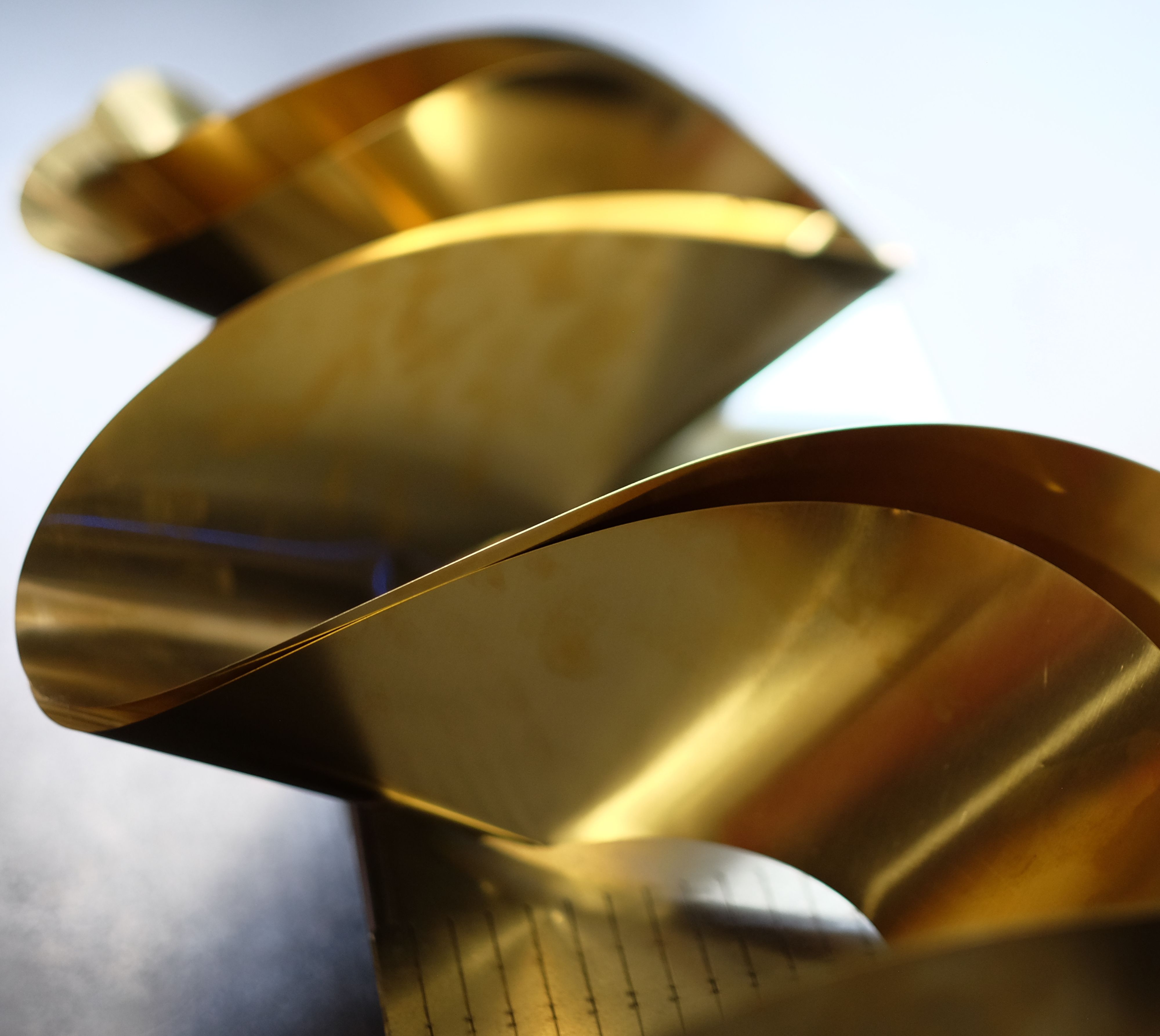 Wave 11 prototype - photo Eleonora Terenzi
Wave 11 prototype - photo Eleonora Terenzi

Close up - Wave 11, photo Eleonora Terenzi
Oxidation technique plays a key role in the project, what is it about?
Controlled oxidation enables this process to be guided in the direction desired by the designer, planner or artist, depending on the desired product. The oxidised surface is in fact “modelled” to obtain a particular texture or colour, more or less intense, more or less evident. The original material shines through at times: the warm notes of copper and brass, the silvery tones of steel, the dark nuance of Calamine…
How has the Terenzi group's experience in the metalworking sector fostered and how did it lead to the development of products with a specific artistry?
The creative “contamination” between technique and design has always been inherent to all our creations; we can be accurate to the tenth of a millimetre thanks to the avant-garde technologies adopted, but also innovative in their application. It is precisely this combination that allows us to be unique in our field. We are extremely differentiated in our product range. We manufacture products for third parties for many well-established multinationals in various fields, including lifts, door entry systems, lighting, the automotive industry, architecture and interior design. We also have our own furniture and lighting brands - Caoscreo and Origami Steel - as well as the above-mentioned Planium Srl, which is dedicated to Surfaces.
We are talking about the production of hundreds of mechanical/industrial products and dozens of design and interior products.
Which products were presented at the last Milan Design Week at the dOT of San Marco in Brera: what are the aesthetic results?
Besides our more standard proposal divided into three collections of finishes that can be installed on floors with different drywall systems and can be installed on walls with as many reversible anchorages studied ad hoc according to the project, during the last Milano Design Week we proposed decorative panels, slabs and unique and irreproducible artistic sculptures made with our oxidised metals and modelled to perfection.
MAVI CALYPSO is a series of “tapestries” made on wafer-thin metal sheets only 0.5 mm thick. The sheets, made of oxidised copper and brass, represent "the colours of the Mediterranean Sea where I was born..." says Işıl Çağatay, designer of this collection.
Technique and fantasy are the protagonists of the project. Ancient tapestries, once created by weaving warp and weft, are now again created on a subtle and precious support - copper red, golden brass - on which the designer experiments, discovers ever new colours and shapes: “Once I have determined the technique I apply, I allow the plates to oxidise naturally and only then do I intervene to highlight, interpret certain points, shapes and tones. It is always a discovery, like finding objects at the bottom of the sea that in the sunlight become small treasures”.
The textures evoke the water of the sea and its eternal flow. The endless, inexhaustible waves stirring colour and sensations. Shaded, irregular hues that awaken a continuous wonder in the eyes of those who linger to look at them.
Each tapestry (48 x 197 cm W x H cm) can be easily mounted on steel cables on the ceiling and floor, attached to the wall or placed as a panel to divide a room.
What was the origin and history of one of the products you wish to tell us about?
We present to you WAVE 11 , the sculpture made of no less than 200 sheets of brass and copper, which created attraction and technical virtuosity as well as a unique and unrepeatable work of art placed inside the Gallery made of Lunar textures. Based on a project by Maurizio Galante & Tal Lancman, the aim was to create a sensorial journey in which matter, light, colour and music come together to create an emotional experience.
“WAVE11 is an object and an installation in which metal and emotion become a sculpture. A layering of metal elements with surfaces that testify to the interactions between materials. A diversity of timeless 'textures' reminiscent of a coral reef teeming with life, moonscapes or delicate lace-like textures. Time and Energy are the fundamental factors in this experimental project, a project that tends to tell the story of transformation by capturing the instant... what the Japanese call 'MU', a moment so close to nothingness that it becomes the whole” (M. Galante and T. Lancman).
Laser-carved waves oxidised by controlled processes are evocative of ancient lace but also of corals eroded by the salty sea water.
This unique and unrepeatable work is the perfect synthesis of the use of high technology and the subsequent application of craftsmanship and artistry. Each wave was modelled and oxidised by hand, applied to the support by placing it next to the previous wave and so on until the entire sculpture is composed (dimensions 270 cm x 170 cm L x H).
What services do you provide to the planner, designer, architect?
We support the designer in choosing the materials to be used, how to process them to achieve the desired result and how to achieve the feasibility of the idea by carefully considering every detail in terms of quality/cost. On request, we can offer co-design support and the possible tailor-made realisation of each project.
Contract manufacturing has led you to meet and collaborate with important brands related to the design industry. What has this activity led you to?
It has led us to get to know and collaborate with many professionals with whom we have created illustrious projects. To name but a few of the most recent: all the surfaces of the 20th-century museum in Florence, the wall coverings of the main reception area of Moscova 33 in Milan, a complex now dedicated to high-end retail and a former historic Silk building, the wall coverings of the pillars of the Court of the 19th-century complex between Via Cantù/ Via Orefici in Milan, the wall coverings of the ticket area of Palazzo Vecchio in Florence the customised floor and wall coverings of the Pilota Giacomo Agostini Museum in Bergamo, the floor coverings of the DASA Museum in Dortmund, the floor coverings of the Nike flagship stores in London and Paris, the customised ceiling and furnishings of Arteum, part of the Musee Carnevalet in Paris, the customised ceiling of the Ducasse sur Seine restaurant boat in Paris…

